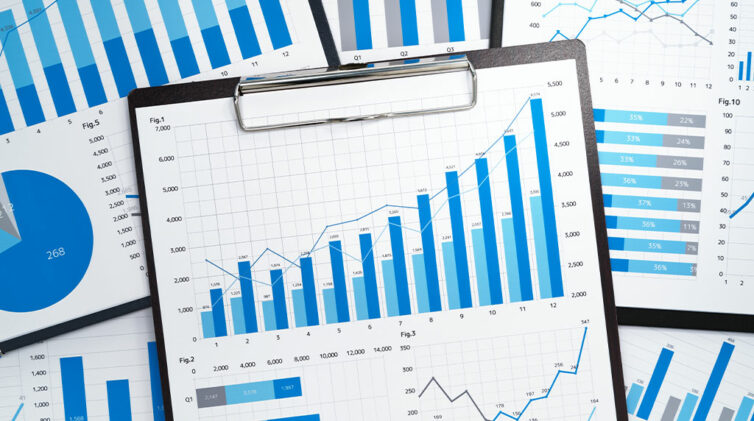Automobili Lamborghini general manager of Asia-Pacific, Andrea Baldi, said the region as a whole was responsible for significant growth for the brand, rising from 13 per cent of Lamborghini’s overall global sales in 2007 to 28 per cent in 2015.
“Australia and Japan are the fastest-growing countries for us in 2015 and we expect that to continue in 2016,” he told GoAuto at the media launch of the rear-wheel-drive Huracan LP580-2 at Phillip Island last week.
The iconic Italian brand and subsidiary of Volkswagen AG’s Audi division recorded a modest 84 sales in Australia in 2015, but globally it achieved 3245 sales, which was a new record for the company.
Mr Baldi compared the growth of the company with individual model releases, stating that in the first 19 months of the Murcielago’s sales (2001-2010), it sold 1998 examples worldwide. By comparison, the first 19 months of sales of the Murcielago successor, the Aventador (from 2011), saw 4510 cars sold.
He said the rocketing sales story was the same for the Huracan that arrived in 2014 and sold 3554 cars in its first 19 months on the market compared with 2100 of its predecessor, the Gallardo (2003-2013).
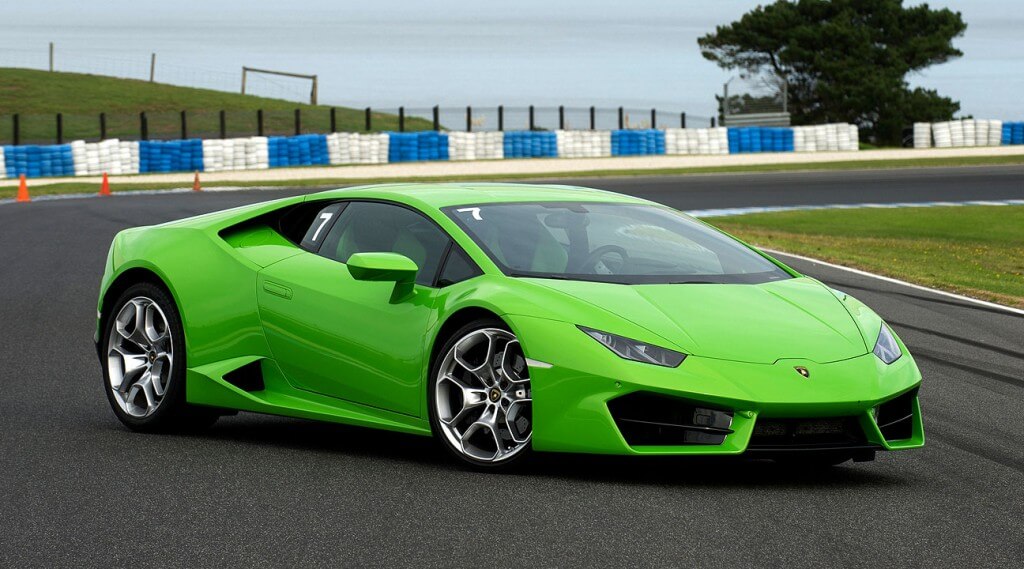
No bull: Lamborghini’s Huracan has been a massive success story since its launch and the range has just increased with the arrival of the rear-drive LP580-2.
The supercar manufacturer, this year celebrating the 50th anniversary of its iconic Miura model that became the company’s stepping stone into the international sportscar arena, has seven models on sale in Australia.
Lamborghini country manager Eginardo Bertoni, based in Japan and responsible for Australian business, said the expectations for Australian sales were initially very conservative.
“We had planned that the Aventador would double the sales of its predecessor, the Murcielago. But it exceeded even that,” he said.
“The Huracan has sales growth up 69 per cent on its previous model, the Gallardo.”
Lamborghini predicts that 2016 sales in Australia will exceed 100 units but admitted the company is tempered by supply.
The unexpectedly high sales volumes have meant a 10-month wait for the Huracan and a much longer wait for the $761,500-plus flagship Aventador.
But the company is closing in on a fix for the problem. Lamborghini will almost double the size of its factory near Modena in Italy’s north, from 80,000 to 150,000 square metres, which is expected to be completed by 2018.
It will also employ 500 more workers, adding to its 1000 employees and creating a substantial contribution to the Sant’Agata Bolognese district.
“This increase in factory size and the introduction of our new (Urus) SUV will double sales around the world,” Mr Baldi said.
“This will be achieved by our increase in investment in research and development.
“We had a €870 million ($A1.2 billion) revenue in 2015. We have allocated 20 per cent of revenue a year to R&D but for the next two years, we will increase that to 30 per cent.”
The R&D spend, which will be the equivalent of $380 million annually, is aimed at bringing the Urus SUV to production in 2018 as well as the ongoing continuing development of powertrains.
Mr Baldi indicated that the Urus would be responsible for most of the production increase afforded by the bigger factory, ruling out any other major model changes.
Lamborghini, which started in 1963 when industrialist Ferruccio Lamborghini wanted to build a sportscar, has a history of sales peaks and troughs and has had six owners.
In 1973 its modest sales of about 300 vehicles were struck by the oil crisis and resulting global financial downturn. Lamborghini sold his company in 1974. It went into receivership in 1977 and was bought in 1984, going through a succession of owners – including Chrysler – until it was bought by Volkswagen in 1998 and transferred to Audi in 2011.
In 2011 its sales were 1711 and employees numbered 831. Revenue was €322 million ($A469 million) for that year.
In 2015, it had sales of 3245 cars with 1000 employees, posting revenue of €870 million ($A1.26 billion).
By Neil Dowling


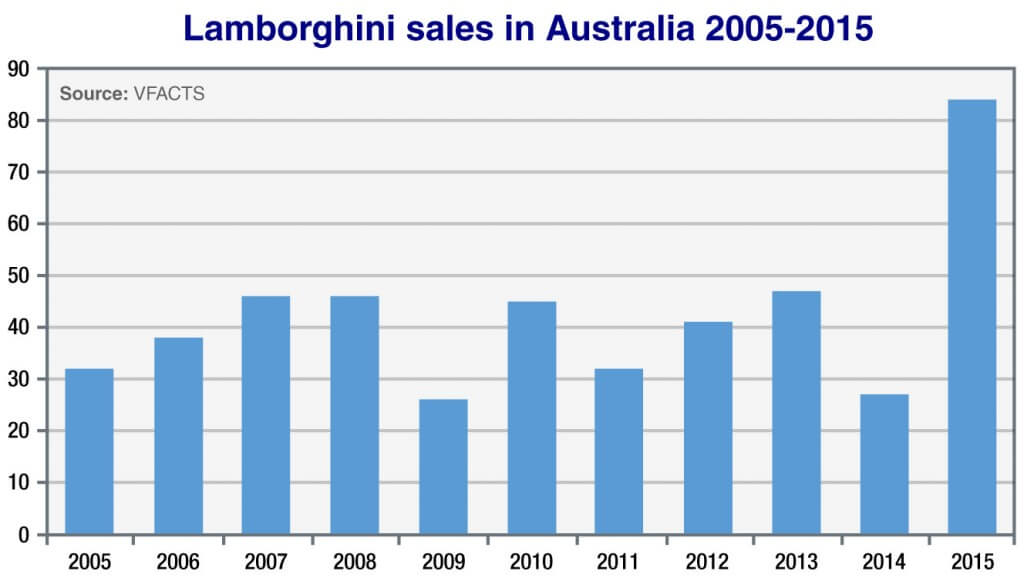
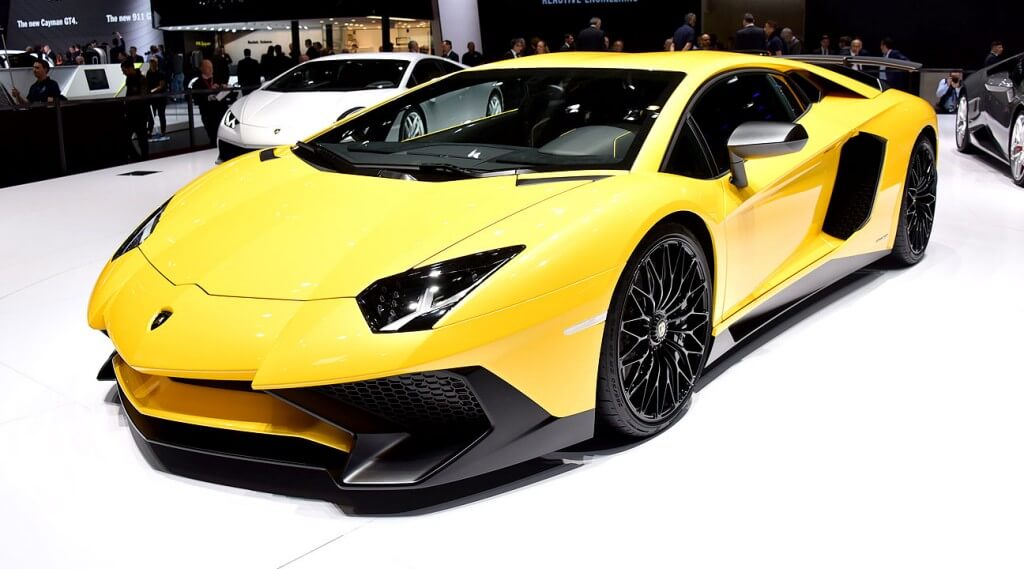
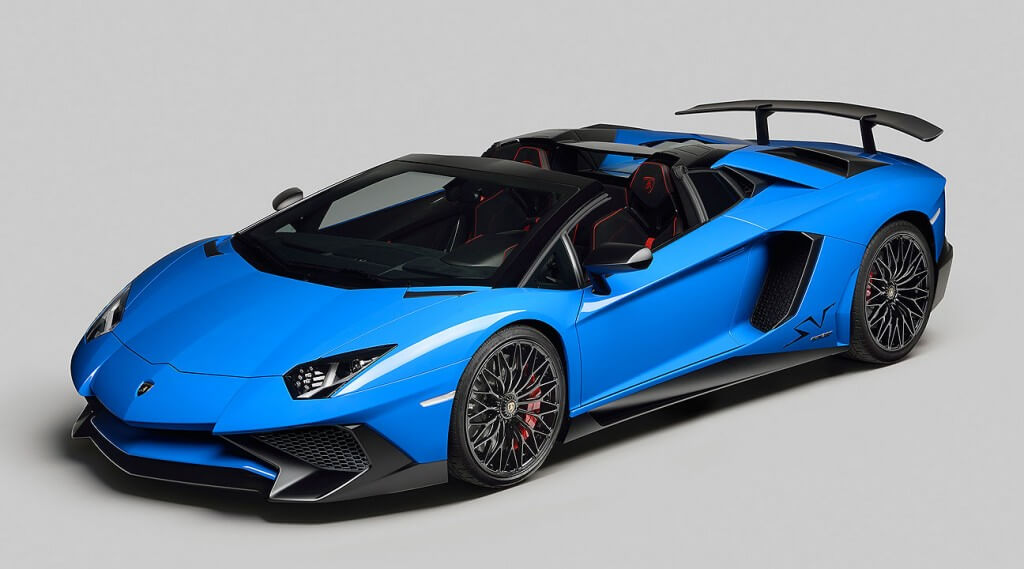
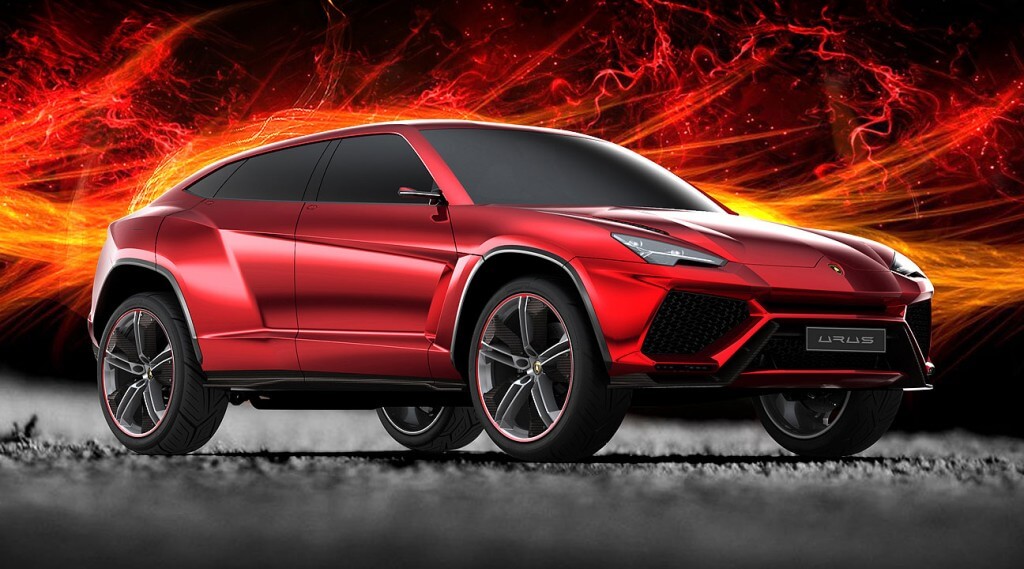
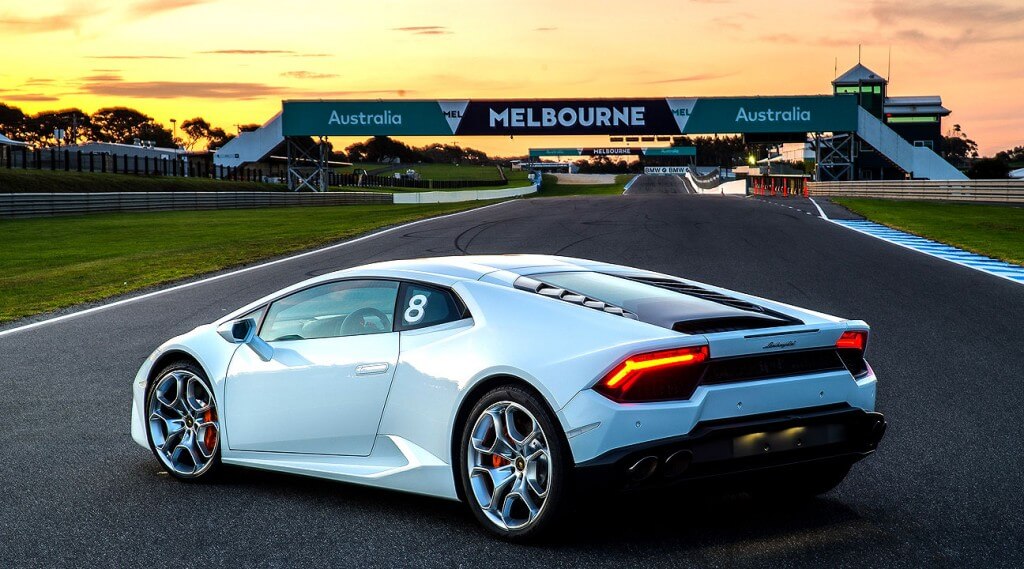










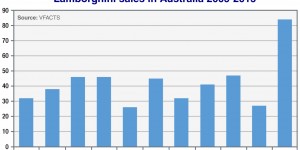
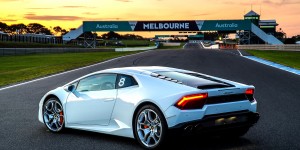
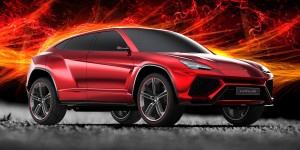
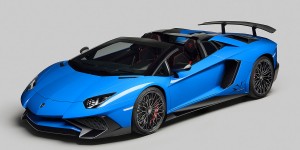
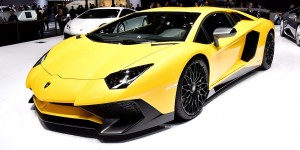
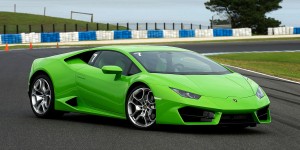
 Read More: Related articles
Read More: Related articles
